Because food packaging films have excellent properties of efficiently protecting food safety, and their high transparency can effectively beautify packaging, food packaging films play an increasingly important role in commodity packaging. In order to meet the current changing external environment and the needs of different consumers, many companies around the world have increased their research and development efforts on food packaging films.
1. General packaging film
Currently commonly used food packaging films mainly include: PVA coated barrier film, biaxially oriented polypropylene film (BOPP), biaxially oriented polyester film (BOPET), nylon film (PA), cast polypropylene film (CPP) , aluminized film, etc. These films are widely used because of their excellent performance, good transparency, high tensile strength, certain gas and water barrier properties and low production cost.
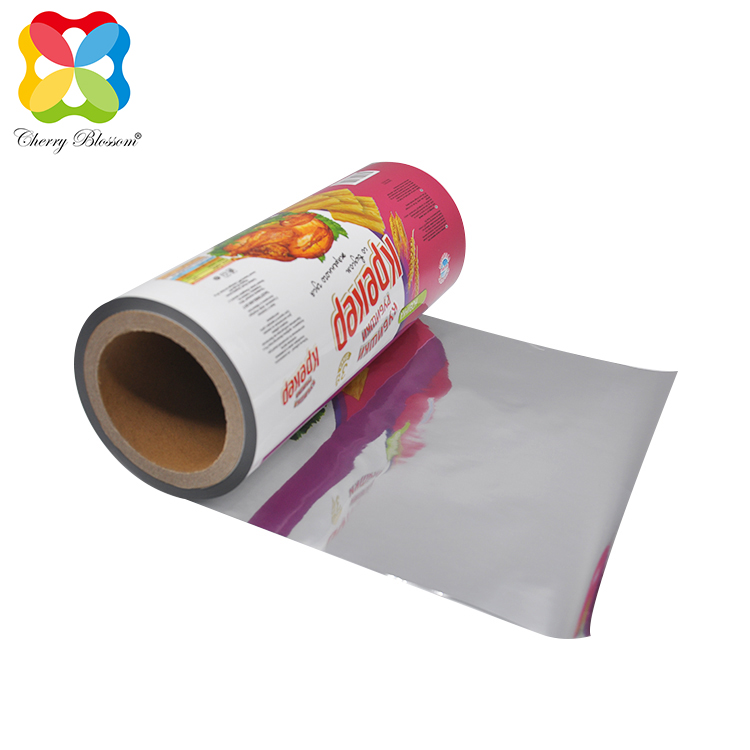

2. Edible packaging film
Edible packaging films refer to edible materials, mainly natural macromolecular substances such as lipids, proteins and polysaccharides, added with edible plasticizers, cross-linking agents, etc., blended through physical effects, and processed through different processing techniques The film formed. According to the characteristics of the main raw materials used, edible films can be divided into four categories: carbohydrate edible films, protein edible films, lipid edible films, and composite edible films. Edible functional films have been widely used in daily life, such as the familiar glutinous rice paper used in candy packaging, corn baking packaging cups for ice cream, etc., which are all typical edible packaging. Compared with synthetic packaging materials, edible films can be biodegraded without any pollution. With the enhancement of people's environmental awareness, edible films have quickly become a research hotspot in the field of food packaging and have achieved certain results.

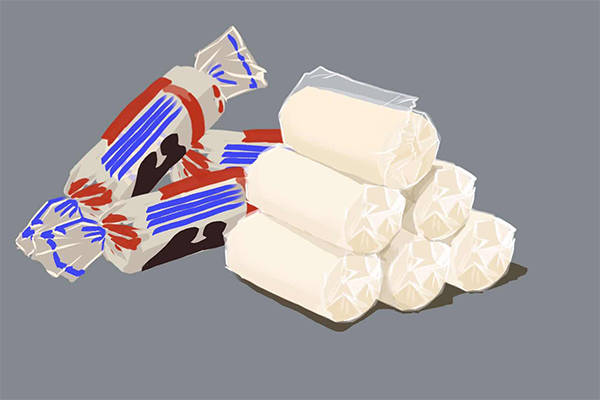
3. Antibacterial food packaging film
Antibacterial food packaging film is a type of functional film that has the ability to inhibit or kill surface bacteria. According to the form of antibacterial, it can be divided into two types: direct antibacterial and indirect antibacterial. Direct antibacterial is achieved through direct contact between packaging materials containing antibacterial ingredients and food; indirect antibacterial is mainly to add some substances to the carrier that can adjust the microenvironment in the package, or to use the selective permeability of packaging materials to control microorganisms. Growth, such as modified atmosphere packaging film.
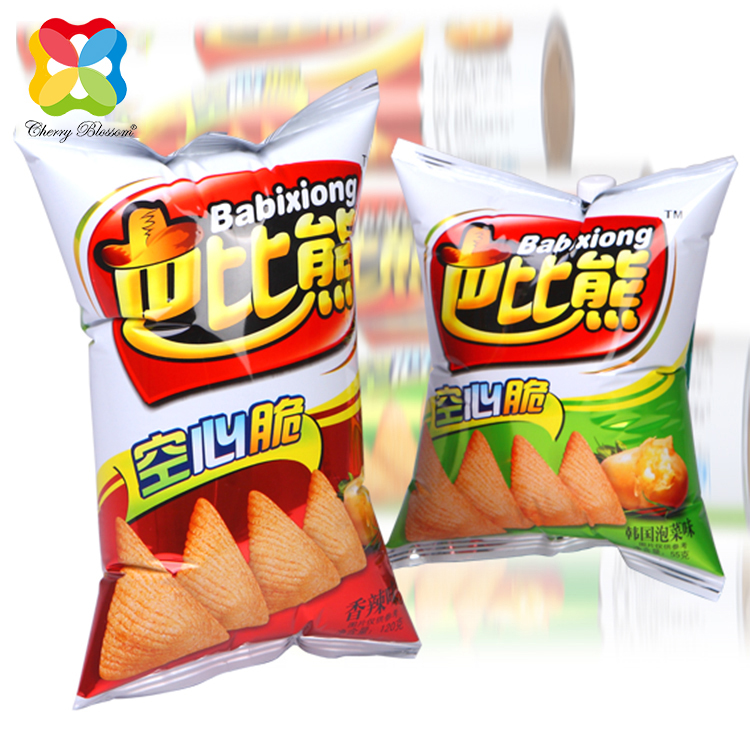
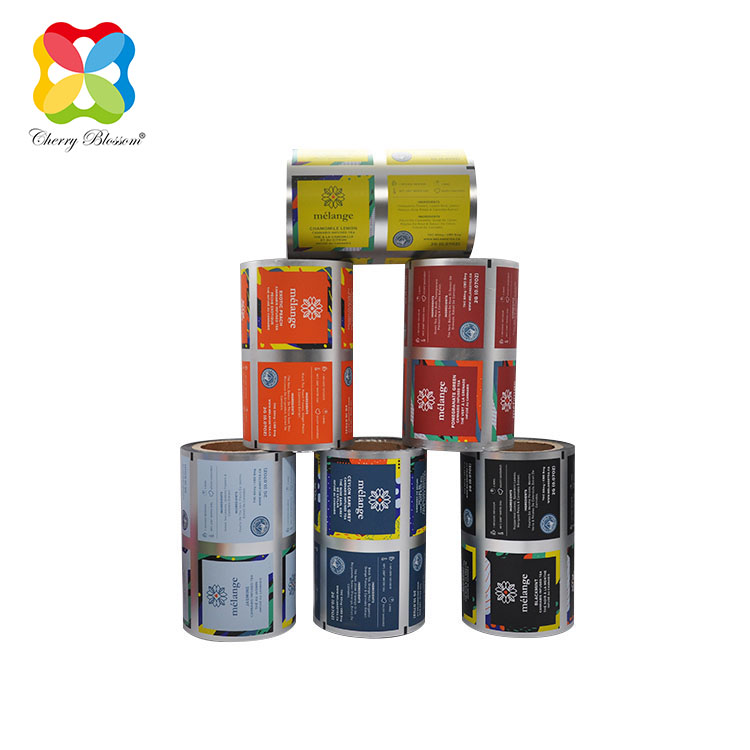
4. Nanocomposite packaging film
Nanocomposite film refers to a composite film material formed by components with dimensions on the order of nanometers (1-100nm) embedded in different matrices. It has the advantages of both traditional composite materials and modern nanomaterials. Due to the surface effect, volume effect, size effect and other characteristics caused by the special structure of nanocomposite films, their optical properties, mechanical properties, antibacterial properties, barrier properties and other aspects have characteristics that conventional materials do not have, making them useful in food. It is widely used in packaging, not only to meet the requirements of extending the shelf life of food, but also to monitor the quality changes of the food in the package.
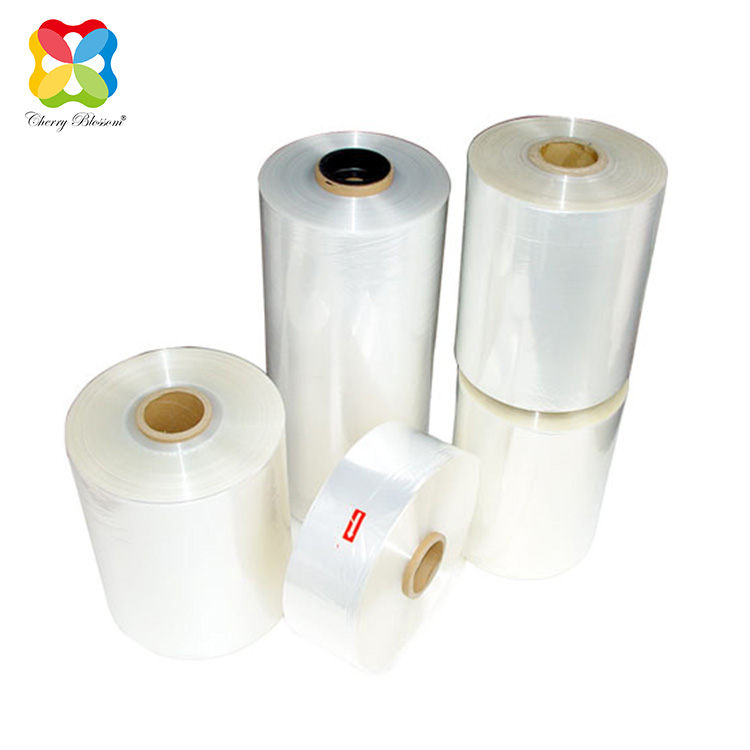
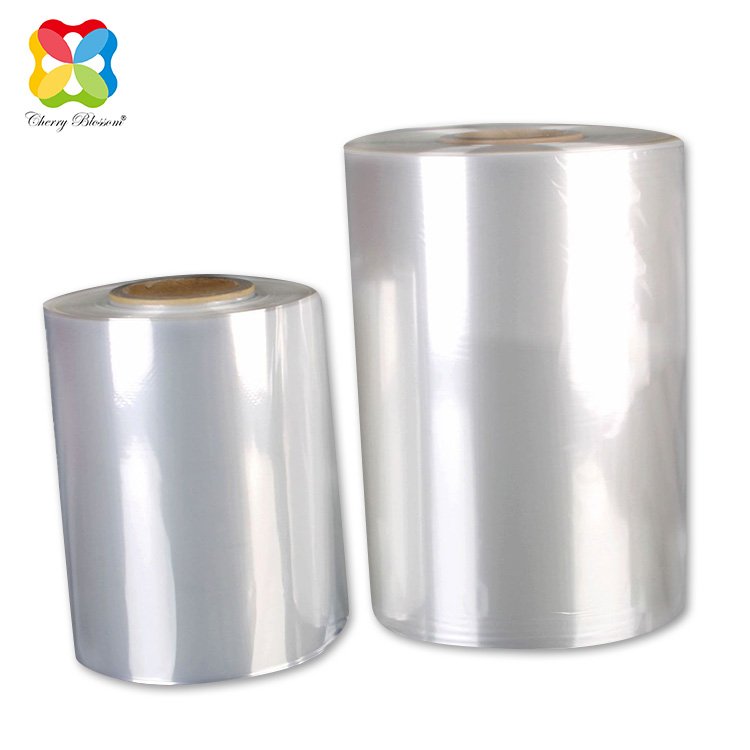
5. Biodegradable packaging film
This kind of film mainly solves the problem that it is difficult to recycle certain non-degradable packaging materials. Burying them underground will destroy the soil structure, and incineration will produce toxic gases and cause air pollution. According to the mechanism of degradation, it is mainly divided into photodegradable packaging film and biodegradable packaging film.
Because degradable films meet environmental protection requirements, they are now widely studied and have attracted the attention of various researchers. Many new degradable and environmentally friendly materials have been developed, such as polymers made from starch raw materials using renewable plant resources (such as corn). Lactic acid (PLA), an environmentally friendly plastic polypropylene carbonate (PPC) synthesized from carbon dioxide and propylene oxide as raw materials, and chitosan (chitosan) obtained from the deacetylation of chitin, which is widely found in nature. . These material properties are reduced; the optical properties, transparency, and surface gloss are also incompletely degradable. It not only meets the high transparency of packaging films, but also plays an active role in improving the environment, and has great application prospects.
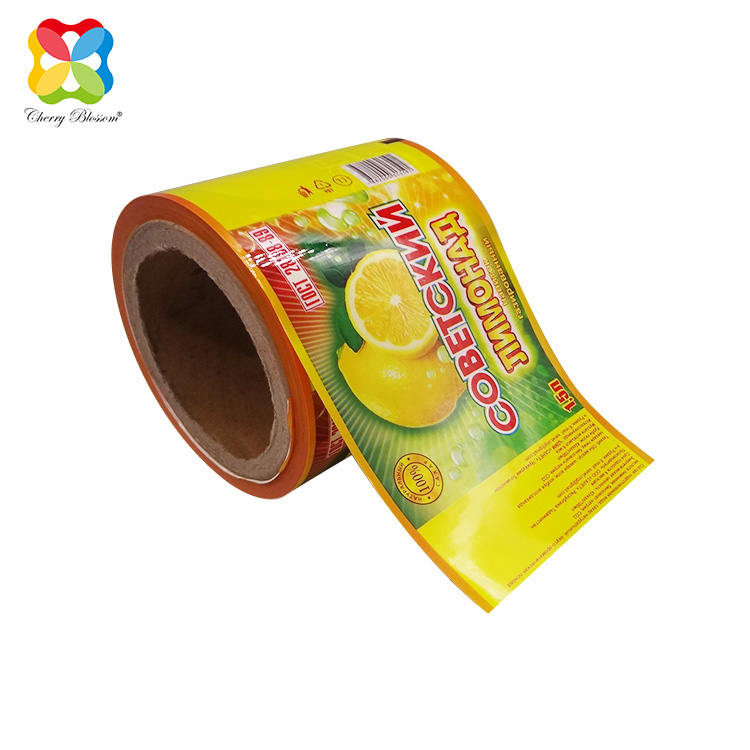
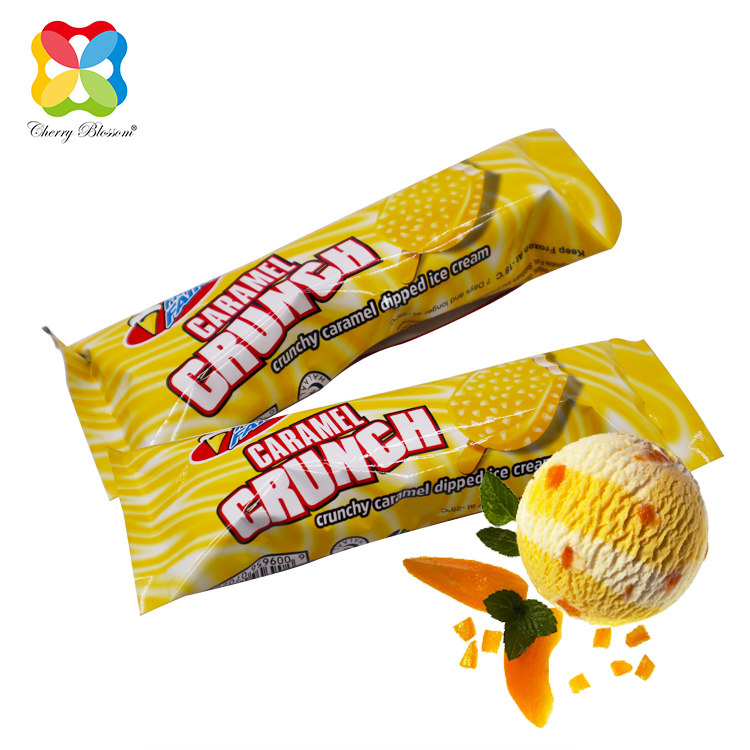
However, it is worth mentioning that food packaging film has stricter requirements on the hygiene and safety of packaging materials, and requires corresponding relevant standards and testing procedures. Although some measures have been taken at home and abroad, there are still many shortcomings. . Foreign countries have recently developed the use of plasma surface treatment technology to evaporate SiOx, AlOx and other inorganic oxide coatings on substrates such as PET and BOPP to obtain packaging films with high barrier properties. The silicone-coated film is relatively stable to temperature and is suitable for high-temperature cooking and sterilization food packaging. Degradable films, edible films and water-soluble films are all green packaging products developed by countries around the world in recent years. Research on the use of natural macromolecular polymers such as lipids, proteins and sugars as packaging films has also been booming.
If you have any food packaging film requirements, you can contact us. As a flexible packaging manufacturer for over 20 years, we will provide your right packaging solutions according to your product needs and budget.
www.stblossom.com
Post time: Dec-27-2023






